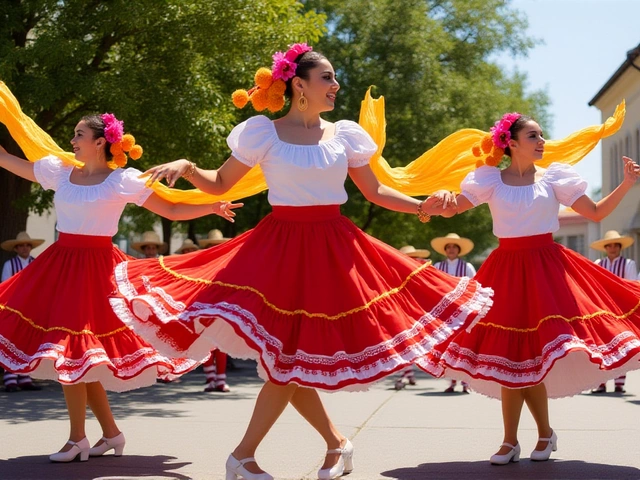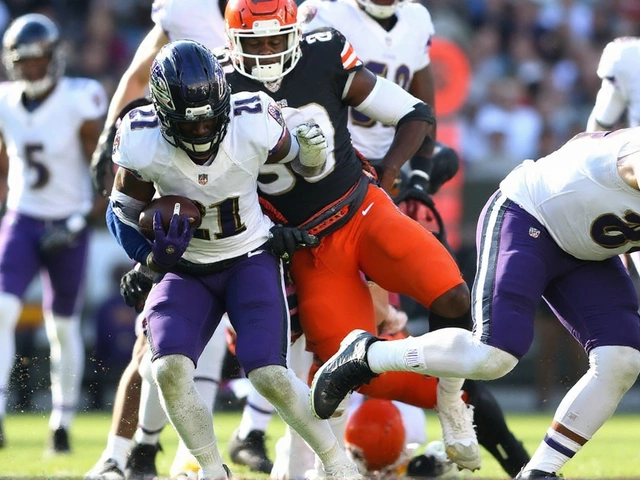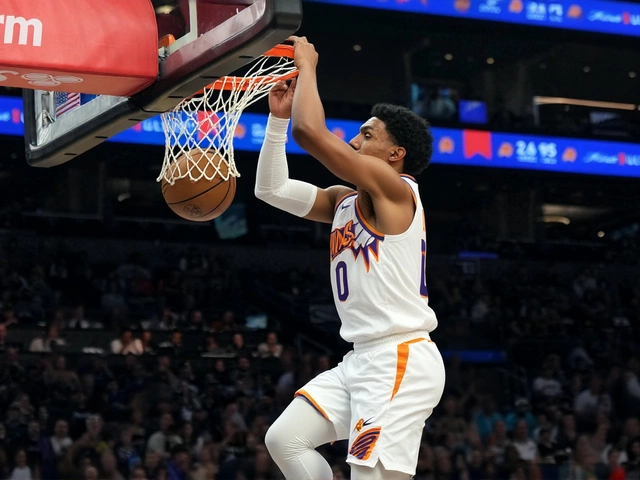Suns Rout Blazers 111-87 in Summer League Finale as Roster Battles Heat Up
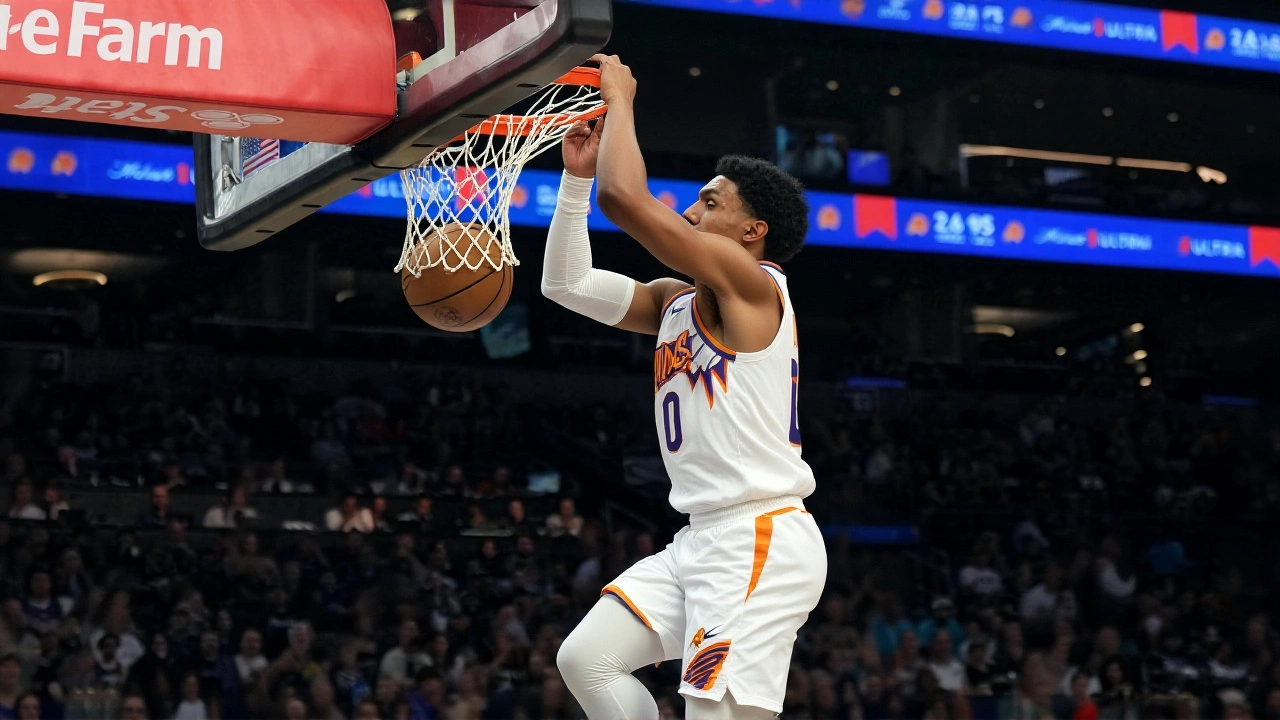
The Phoenix Suns closed out their NBA Las Vegas Summer LeagueThomas & Mack Center campaign with a decisive 111-87 win over the Portland Trail Blazers on July 19, 2025 — a game that felt less like a finale and more like a statement. The victory, sealed by a 34-point fourth quarter, wasn’t just about the score. It was about momentum, depth, and the quiet confidence of a team that’s already looking past the summer and toward October. With key players resting, the Suns still outclassed a Portland squad that showed flashes but couldn’t sustain anything against Phoenix’s relentless ball movement and three-point barrage.
Second Half Surge Seals the Deal
The first quarter was a seesaw — Portland jumped out to an early lead, fueled by a dunk from Dimmitro Scapins and aggressive drives. But then came the second quarter. And everything changed. The Suns, led by Khalif Battle, turned up the heat. Battle dropped 21 points, five assists, four rebounds, and nailed three threes — the kind of all-around performance that makes front offices take notice. His chemistry with Boogie Ellis was electric. Ellis added 19 points on 7-of-16 shooting, including a blistering 5-of-8 from deep, along with six assists and two steals. That duo didn’t just score — they controlled the tempo. By halftime, Phoenix had flipped a 25-19 deficit into a 49-39 lead. The Blazers, who scored just 14 points in the second quarter, looked lost. Their defense? Nonexistent. Their rhythm? Broken.
Portland’s Summer League Finale: Promise, But No Punch
For the Portland Trail Blazers, this game was a microcosm of their entire Summer League run: solid individual efforts, but no cohesion. Rayan Rupert fought hard, finishing with a team-high 14 points and eight rebounds — a rare bright spot in a night full of missed opportunities. But when the Suns went on a 12-2 run to open the third, the damage was done. Portland shot 43% from three, yes — but they also turned the ball over 18 times. Their bench, which had carried them through earlier wins, went cold when it mattered most. As BlazersEdge.com noted, this wasn’t a case of bad luck. It was a case of being outcoached, out-executed, and out-hustled. The Blazers finished 3-2, tied for fifth in the standings — a respectable record, but one that tells only half the story. Behind the numbers, the questions linger: Can Scapins develop into a reliable rotation player? Is Rupert ready for NBA minutes? And who’s actually competing for a roster spot come training camp?
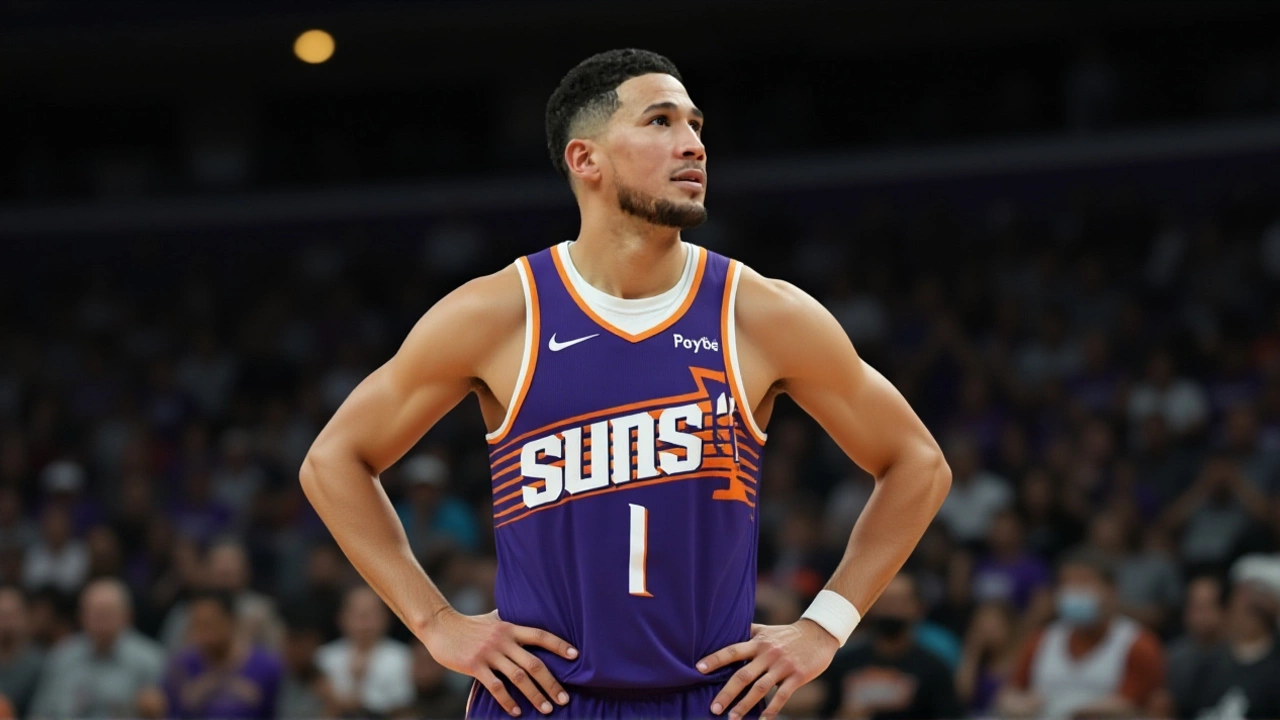
Why Summer League Matters More Than You Think
Don’t let the low attendance fool you. This isn’t just a glorified scrimmage. The NBA Las Vegas Summer League is where careers are made — or derailed. Every scout from every team was in the stands. Every GM, every assistant coach, every analytics analyst was watching. The Phoenix Suns, who finished the 2024-25 regular season at 49-33, used this week to evaluate young wings and undrafted free agents. For them, Battle’s performance was a green light. Ellis? A potential rotation piece. Meanwhile, the Portland Trail Blazers, coming off a 41-41 season, are in full rebuild mode. They needed to see who could handle the pace, who could defend, who could make the right pass under pressure. Rupert showed grit. Scapins showed flashes. But neither delivered the kind of consistency that earns a guaranteed contract.
The Bigger Picture: Who’s Rising, Who’s Falling
The final standings tell a story of extremes. The Charlotte Hornets went a perfect 6-0 — their young core looking like the real deal. The Sacramento Kings and Boston Celtics were right behind them. Meanwhile, the Suns and Blazers sat in a six-team logjam at 2-3 and 3-2, respectively. That’s not a failure — it’s normal. But the difference between the top teams and the middle pack? Execution. The Hornets didn’t just win; they dominated. The Suns? They won smart. They didn’t need their stars. They didn’t need to force anything. And that’s the sign of a well-structured program.
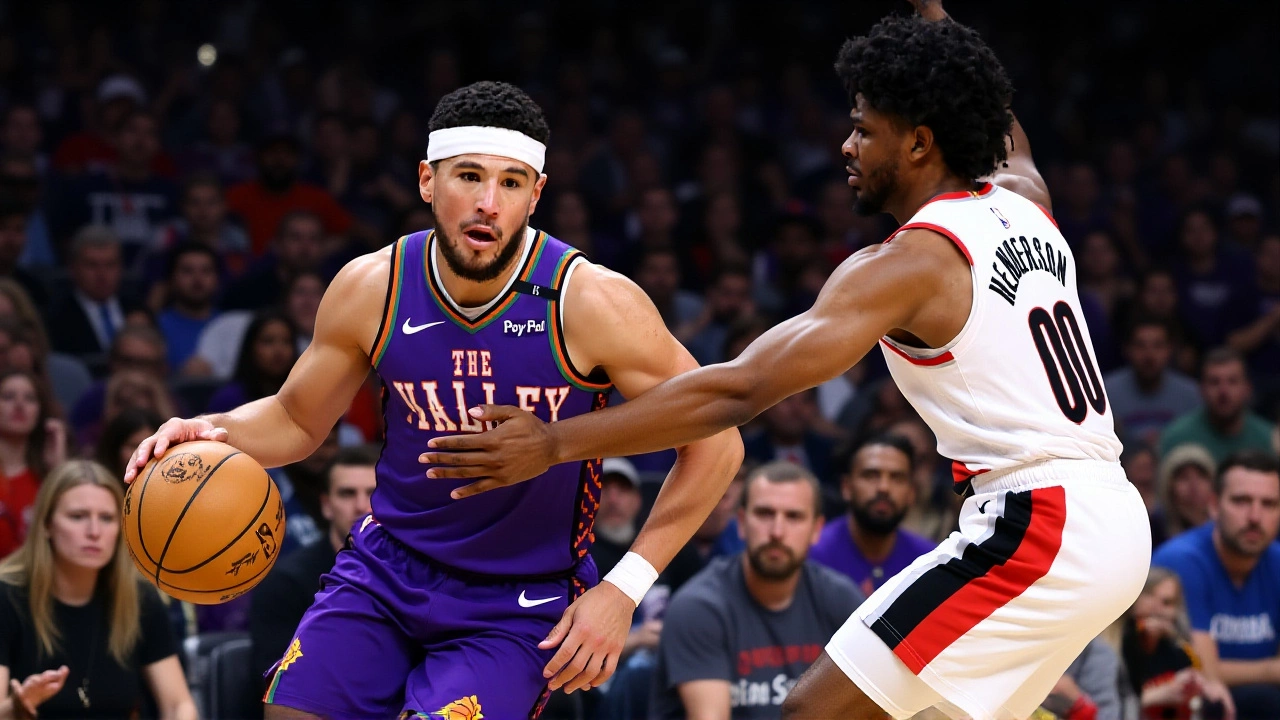
What’s Next? Training Camp Countdown
With the Summer League over, both franchises now shift gears. The Phoenix Suns will begin preparations for the 2025-26 season, which tips off on October 21, 2025. For players like Battle and Ellis, the next few weeks are critical. A strong showing in training camp could mean a two-way contract. A poor one? Back to the G League. For Portland, the stakes are even higher. With a core of aging veterans and a handful of unproven prospects, every roster spot is up for grabs. Head coach Chauncey Billups will need to decide who fits his system — and who doesn’t. The Summer League didn’t answer all the questions. But it gave him enough data to start asking the right ones.
Frequently Asked Questions
How did Khalif Battle’s performance impact the Suns’ evaluation process?
Battle’s 21-point, five-assist, three-three-pointer game was the most consistent performance by any Suns player in Summer League play. His ability to create his own shot, defend multiple positions, and shoot efficiently under pressure signals he’s more than just a depth piece — he’s a potential rotation player. Front office personnel noted his basketball IQ and composure, suggesting he could earn a training camp invite and possibly a two-way contract ahead of the 2025-26 season.
Why did the Suns rest key players in this game?
Phoenix intentionally sat their top Summer League prospects, including last year’s second-round pick, to avoid injury and preserve energy for training camp. The goal wasn’t to win at all costs — it was to test depth. By letting role players like Battle and Ellis lead, the Suns gained clearer insight into who can handle minutes in a real NBA system. This strategy mirrors what top teams like Boston and Sacramento have done in recent years to prioritize long-term development over short-term wins.
What does this loss mean for Portland’s roster decisions?
Portland’s 3-2 record looks good on paper, but their inability to close out games — especially against teams like Phoenix — raises red flags. Rayan Rupert showed promise as a defender, but his offensive limitations were exposed. Dimmitro Scapins, a 2024 second-round pick, struggled with consistency. With only 15 roster spots available and a crowded backcourt, the Blazers may need to trade or waive at least two Summer League performers before opening night to clear room for more proven talent.
How does the Thomas & Mack Center influence Summer League outcomes?
The Thomas & Mack Center in Las Vegas isn’t just a venue — it’s a pressure cooker. With 18,000 seats and a loud, partisan crowd, it mimics NBA arenas better than any other summer league site. Teams that adapt to the noise and pace — like Charlotte and Phoenix — tend to perform better. The arena’s size also forces players to make quicker decisions, revealing who can handle the spotlight and who folds under it. For prospects, playing here isn’t optional — it’s a test.
What’s the significance of the 2025 Summer League for NBA draft prospects?
The 2025 Summer League was critical for 2024 draft picks still proving themselves — like Scapins and several undrafted players. With the 2025 draft class still months away, scouts used this tournament to assess how last year’s rookies are developing. Teams like Portland and Phoenix used it to gauge whether they should keep players on two-way deals or look elsewhere. The data collected here directly influences trades, contract decisions, and even draft strategy for next year.
When does the 2025-26 NBA season start, and how will Summer League performances affect roster cuts?
The 2025-26 NBA regular season begins on October 21, 2025. Roster cuts will begin in late September, after training camp and preseason games. Summer League stats matter, but coaches care more about how players adapt to systems, respond to coaching, and fit with teammates. A player like Khalif Battle, who impressed in Vegas, could earn a spot over a higher-drafted player who didn’t show growth. Conversely, a player like Rayan Rupert may need to dominate in training camp to avoid being waived.

